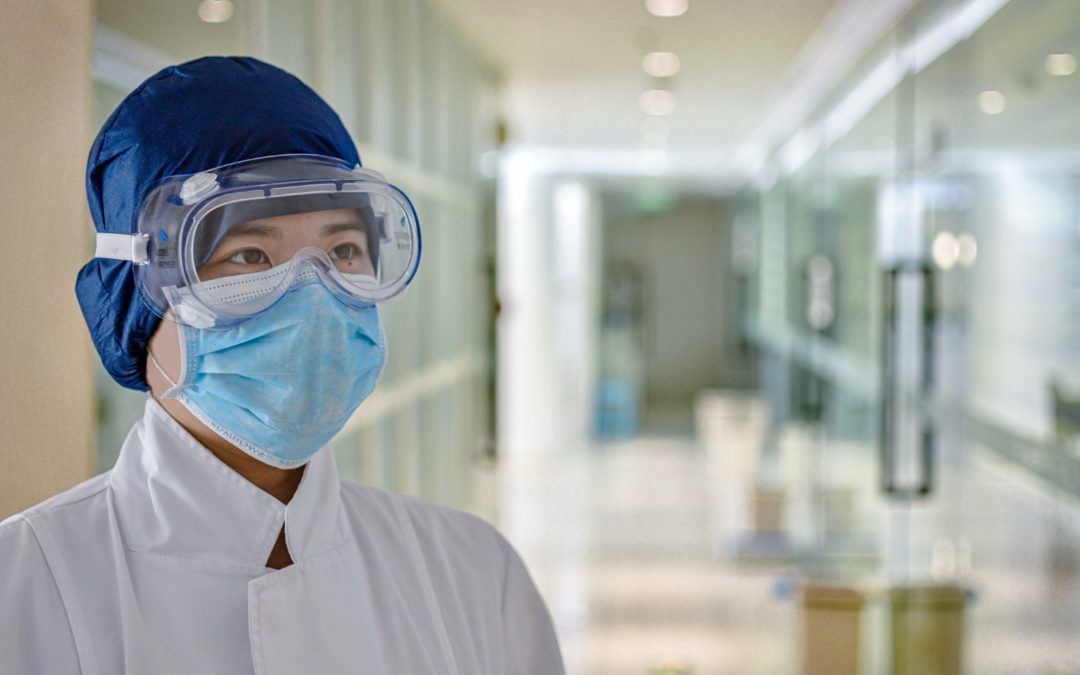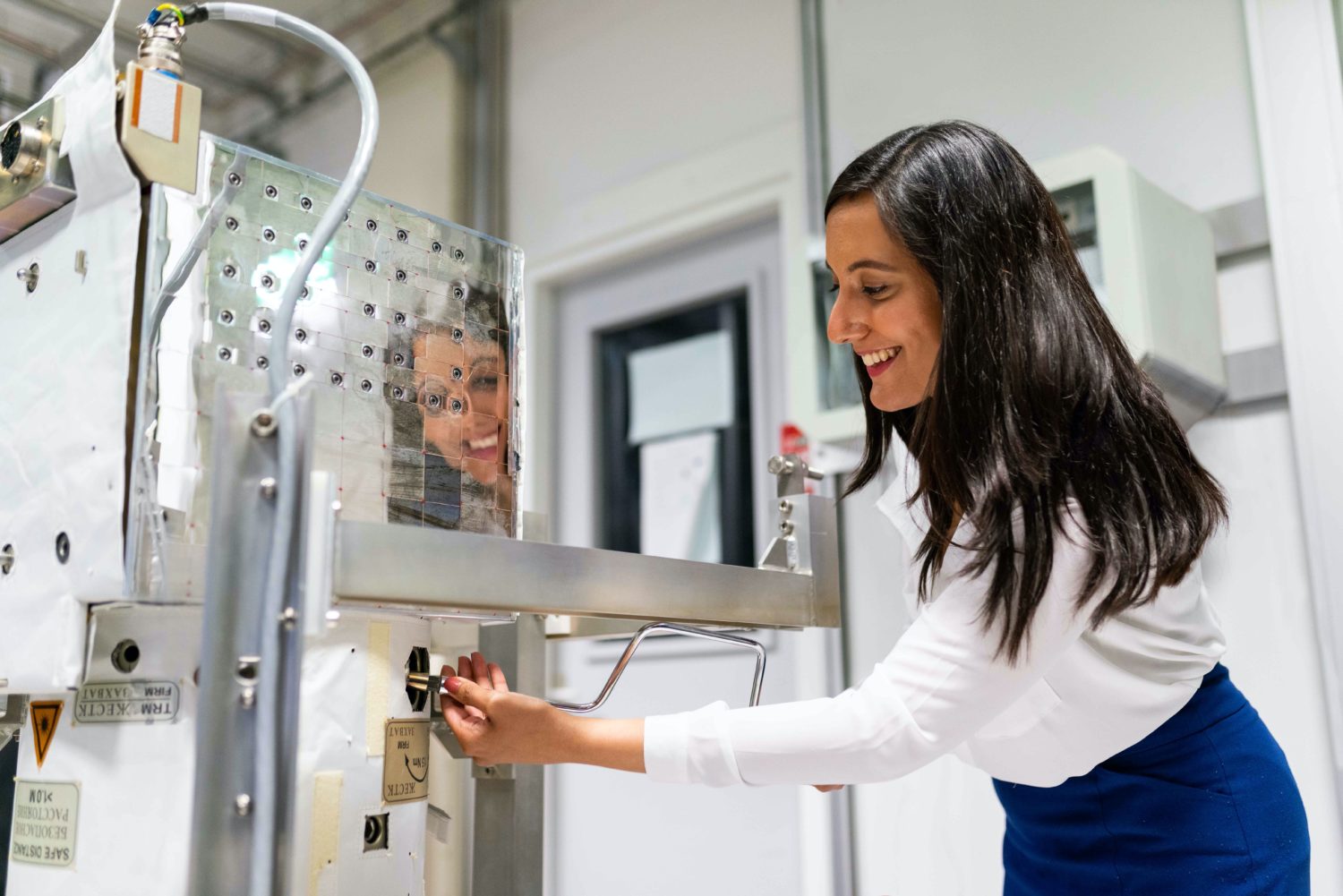
Waste Management in Medical Cleanrooms
Particularly in medical research cleanrooms and pharmaceutical cleanrooms, proper waste management and disposal is important for keeping the environment safe for products and people. Medical cleanroom design should be informed by this system to ensure waste handling protocols are easy to follow and that adequate storage is available for a safe and sterile environment.
A waste management system in medical cleanrooms covers three areas: waste handling protocols, personal protective equipment, and proper waste storage and disposal.
Medical Cleanroom Protocols for Handling Waste
To develop protocols for your medical cleanroom waste management system, look at the materials you work with and the waste your facility generates. This includes how you handle and dispose of used cleaning materials, protective equipment that cannot be sanitized, the specific materials you use to conduct your work, and the byproducts of your work: substances or used materials you can’t recycle or put in a landfill. Make sure your cleanroom follows best practices for handling waste, and develop a set of protocols employees understand and can easily follow.
Your waste management protocols will be facilitated by your medical cleanroom design, which should include places to safely store cleaning materials, the chemicals used in your work, and the waste generated by your cleanroom. The protocols and cleanroom design solutions work together to prevent waste from interfering with or contaminating your processes and keep your people and products safe.
What Counts as Medical Cleanroom Waste?
In order to understand the best ways to handle and dispose of medical cleanroom waste, we must first understand the different types of waste that can be generated in a cleanroom setting. Medical cleanroom hazardous waste materials may be considered toxic, corrosive, ignitable, infectious, biohazardous, or otherwise unsafe to be disposed of in normal ways.
Some waste generated from pharmaceutical cleanrooms is considered a controlled substance. In such situations, the disposal of pharmaceutical waste must take place in compliance with additional DEA regulations.
How Much Waste Does Your Medical Cleanroom Generate?
Depending on how much waste your facility generates, you may need to follow certain regulations from the Environmental Protection Agency. The EPA divides waste generators into three main types:
- Very Small Quantity Generators (VSQGs) create less than 100 kg of hazardous waste per month
- Small Quantity Generators (SQGs) create between 100 and 1,000 kg per month
- Large Quantity Generators (LQGs) creates over 1,000 kg of hazardous waste
Employees should understand the difference between types of waste and be trained to follow protocols for handling, labeling, and disposing of waste responsibly. Whether your facility is a VSQG or a VLQG, your cleanroom design should include an adequate waste management system to keep your employees safe and your project protected.
Personal Protective Equipment
To keep employees safe from the sensitive or hazardous products or waste they’re handling, they must be properly equipped. Personal protective equipment like gloves, garments, and masks, not only keeps harmful substances from reaching personnel, but it also works to prevent contamination by employees. Depending on the application and the threat of contamination or harm to the employee, different types of garments and PPE may be required. Additional items could include: pants, coveralls, goggles, boots, ventilated hoods, hairnets, and more.
While some of these supplies can be sanitized and reused, others, like nitrile gloves, for example, must be disposed of after each use to prevent any kind of contamination. Your cleanroom design will likely need to include a gowning room to provide space for employees to properly equip themselves and limit the entrance of contaminants to the cleanroom, storage for garments and PPE, a sanitation area for employees to wash their hands before entering and after leaving the cleanroom, and storage for used equipment needing to be sanitized or destroyed.
Medical Cleanroom Design: Waste Storage and Disposal
Containers used to store waste for disposal can be reusable but must be antimicrobial, corrosion-resistant, and able to be thoroughly cleaned and sanitized on a regular schedule. Particularly for highly sensitive materials, a puncture-resistant and leak-proof container may be necessary. All waste must be properly separated, bagged, and labeled prior to disposal.
In some cases, medical waste cannot be immediately discarded. Some types of waste must be stored until they can be transported to a facility where they will be recycled, deposited in a landfill or incinerated, or treated until they’re safe to throw away. Proper waste storage is an important part of medical cleanroom design. It needs to be safely contained where it can’t contaminate your work or risk employee safety. The waste receptacles themselves need to be non-particle shedding, corrosion-resistant, and can’t be placed where they could interrupt your cleanroom’s airflow and reduce the effectiveness of air changes and filters.
Keeping a clean environment in all areas of the cleanroom is important, and that includes how and where you store and dispose of used medical cleanroom supplies and waste. Angstrom Technology’s cleanroom design experts can help build sterile waste management into your cleanroom’s design. We can add you to our regular maintenance schedule to make sure your facility is operating safely and protecting your products and staff. To learn more, give us a call or reach out online.




